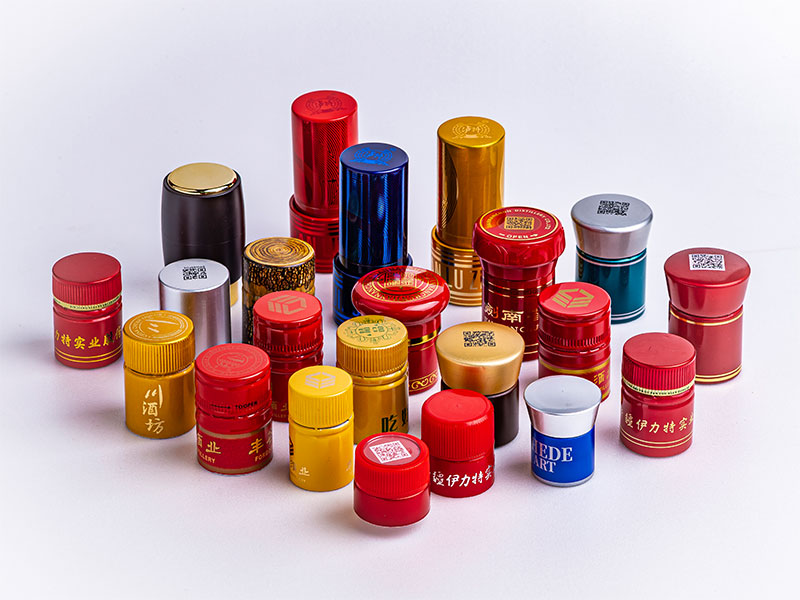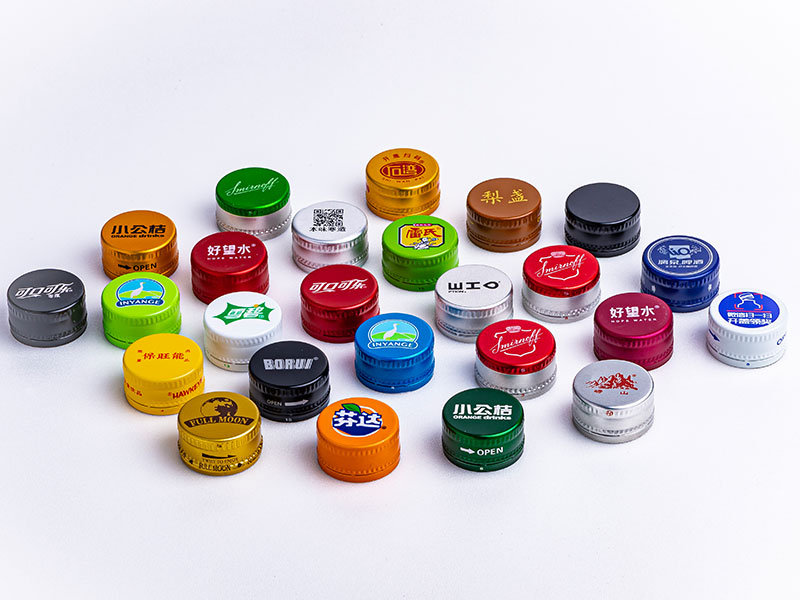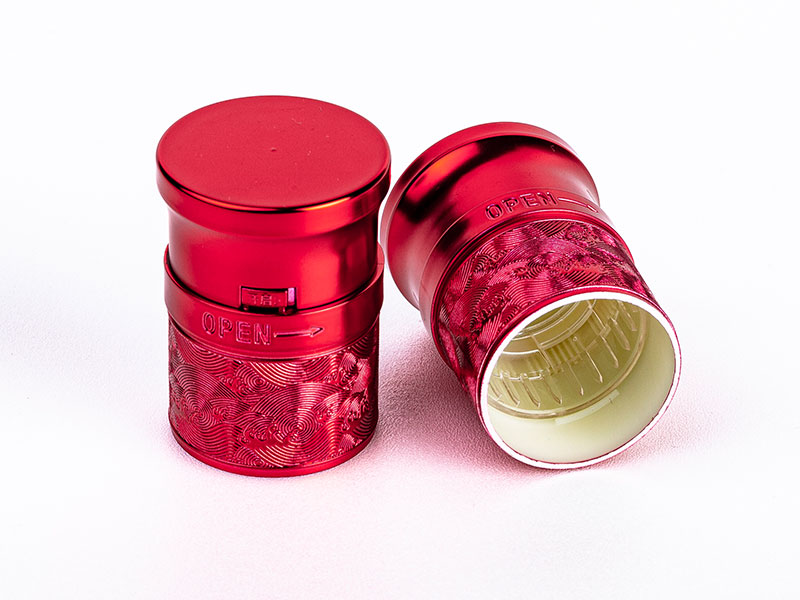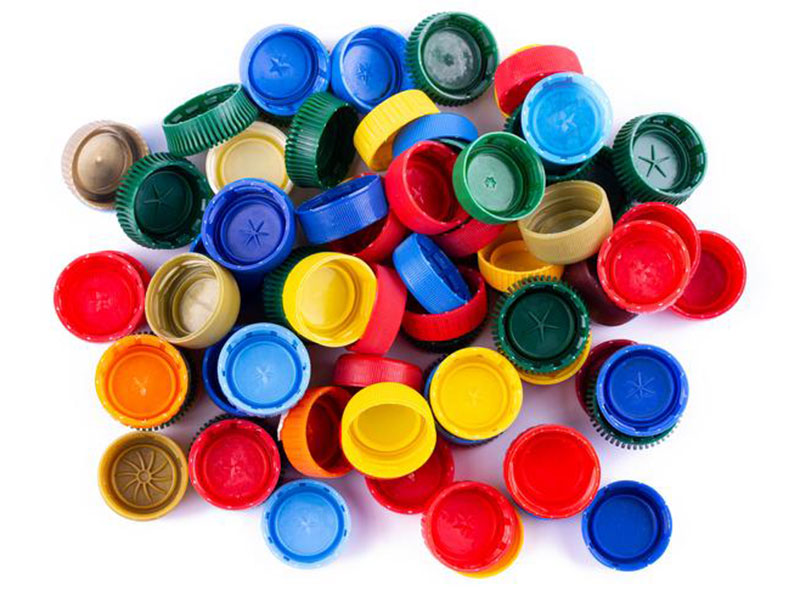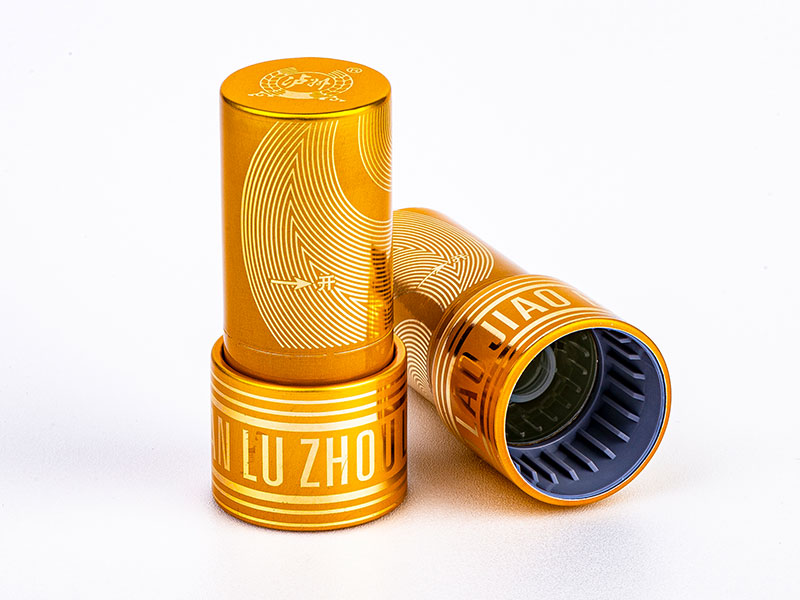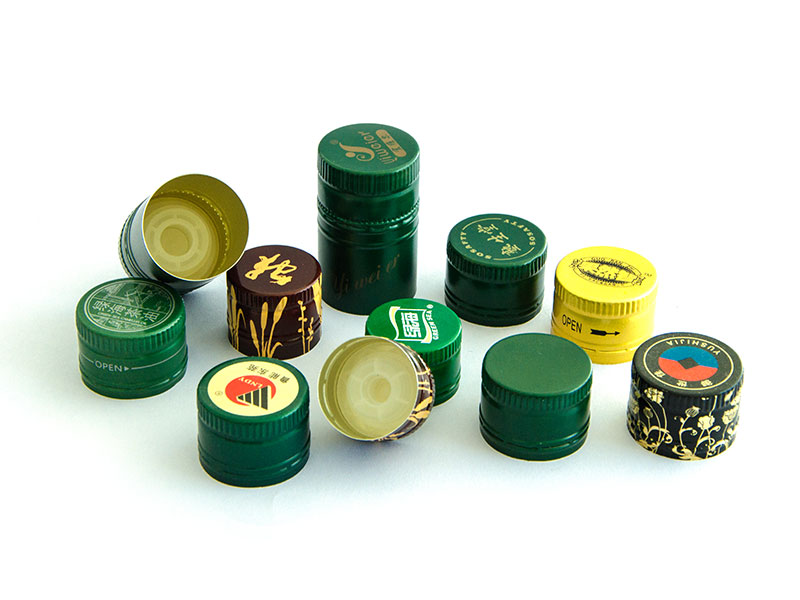Durable Aluminum Caps for Soda Bottles with No Leak and High Seal Design
In the ever-evolving beverage industry, packaging plays a pivotal role not only in maintaining product integrity but also in attracting consumers. Among packaging options, aluminum caps for soda bottles is know due to their balance of durability, environmental friendliness, and aesthetics.
Why Aluminum for Soda Bottle Caps?
Traditionally, plastic caps have been the default choice for soda bottles. However, aluminum caps offer compelling benefits:
- Superior Mechanical Strength: Compared to plastic, aluminum exhibits higher tensile strength allowing thinner walls that withstand internal pressure without deformation.
- Excellent Barrier Properties: Aluminum’s impermeability prevents species like oxygen, carbon dioxide, and moisture from penetrating, thereby preserving carbonation and flavor.
- Recyclability & Sustainability: Aluminum is infinitely recyclable with minimal loss of properties, aligning with efficient packaging sustainability goals.
- Aesthetic Versatility: Shiny metallic finishes, embossing, and anodized apertures offer a premium brand image.
The secret to reliable sealing lies in precise material selection and tempered properties matched to the application.
Optimal Aluminum Alloy and Temper Selection
When constructing caps designed to prevent leakages and maintain pressure in carbonated drinks, common alloys like 3003 and 3105 series aluminum alloys play favored roles due to their excellent formability, corrosion resistance, and strength.
| Parameter | 3003 Alloy | 3105 Alloy |
|---|---|---|
| Major Alloying Element | ~1.2% Mn | ~0.5% Mn |
| Tensile Strength | 130 – 185 MPa | 145 – 190 MPa |
| Yield Strength | 65 – 145 MPa | 90 – 120 MPa |
| Elongation | 12% – 25% | 10% – 20% |
| Corrosion Resistance | Excellent | Excellent |
| Temper Recommended | H14 (strain hardened), H24 | H14 or H24 |
- Temper H14: Strain hardened and partially annealed; enhances strength sufficient to endure bottling pressures retaining some formability required during capping.
- Temper H24: Strain hardened and stabilized, offering improved resistance to stress relaxation during storage, maintaining tight seals for extended periods.
Combination of alloy and tempering with precision forming processes maximizes tensile strength, hardness, and elastic recovery essential for effective sealing.
High Seal Design Features
The sealing effectiveness depends not just on material but also on a thoughtfully engineered cap design tailored to work with soda bottle neck finishes:
1. Integrated Liner Interface
A in preventing leaks is a sealing liner, often made from food-grade polymer materials such as polyethylene (PE) or ethylene-vinyl acetate (EVA) placed inside the cap. The aluminum cap’s rigidity ensures firm compression upon closure while the liner adapts to slight surface irregularities providing an impermeable seal.
2. Double Bead Closure
For high-pressure bottles, a double bead closure system improves engagement between the cap and bottle threads enhancing mechanical retention and uniform compression around the circumference.
3. Precision Dimensional Control
Exacting manufacturing tolerances in cap dimensions ensure predictable thread engagement and consistent torque application during capping—this prevents under-tightening (potential leaks) or over-tightening (destroys seal integrity).
4. Corrosion-Resistant Finish
Anodizing or organic coatings protect the aluminum surface including contact zones reducing the risk of galvanic reactions with the soda’s acidity or environmental moisture, all aiding seal longevity.
Implementation Standards and Quality Assurance
Producers of aluminum caps align with industry recognitions and standards allowing assurance of safety, functionality, and regulatory compliance including:
- ASTM B209: Standard Specification for Aluminum and Aluminum-Alloy Sheet and Plate lays down alloy composition, temper criteria, and mechanical properties intended for task-specific requirements including closures.
- ISO 15512: Packaging - Aluminum closures - Dimensions and performance data.
- Food Safety Regulations: Liners and materials used inside the cap adhere strictly to FDA or EFSA guidelines for food contact substances.
Manufacturing quality control focuses on batch tensile testing, lubricant application to threads, torque testing, and leak-test protocols (such as vacuum decay or pressure burst testing).
Chemical Composition Table Example (Aluminum 3003 Alloy)
| Element | Content (%) |
|---|---|
| Aluminum (Al) | Balance |
| Manganese (Mn) | 1.0 – 1.5 |
| Magnesium (Mg) | ≤0.10 |
| Copper (Cu) | ≤0.10 |
| Iron (Fe) | ≤0.7 |
| Silicon (Si) | ≤0.6 |
| Zinc (Zn) | ≤0.10 |
| Titanium (Ti) | ≤0.15 |
This composition delivers good corrosion resistance and sufficient strength while maintaining formability necessary for stamping and rollover processes typical in aluminum cap production.
Concluding Insights
Durable aluminum caps combine material science, advanced metallurgical tempering, and exacting dimensional design to excel in preventing leaks and ensuring a tight, pressure-resistant seal. They safeguard the quality and freshness of soda beverages from bottling to consumer use, while offering environmental sustainability benefits.
Manufacturers opting for the ideal alloy-temper combination alongside precision engineered liner systems and strict implementation of ergonomic dimensions result in a premium capping solution characterized by high durability, consistent seal integrity, and appealing finishes. With growing trends emphasizing improved recycling and brand differentiation, aluminum caps evidently hold an essential place in next-generation soda bottle packaging.
By the subtleties of aluminum alloys like 3003 or 3105, temper states, chemical properties, and functional design optimizations, stakeholders can optimize product performance and secure consumer trust in their beverage packaging solutions.



